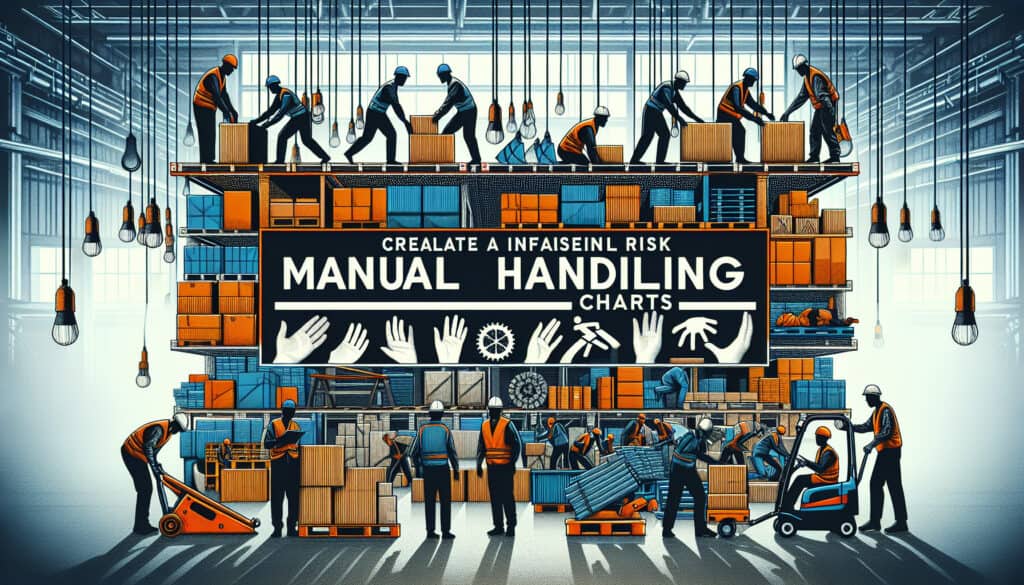To identify high-risk manual handling tasks.
- Methodologies: Ideation, Problem Solving
Manual Handling Assessment Charts (MAC)

Manual Handling Assessment Charts (MAC)
- Continuous Improvement, Ergonomics, Human Factors, Human Factors Engineering (HFE), Process Improvement, Quality Control, Quality Management, Risk Management, Safety
Objective:
How it’s used:
- A tool developed by the UK's Health and Safety Executive (HSE) to help assess the most common risk factors in lifting, carrying, and team handling operations. It uses a simple scoring system and color-coded chart to classify risk.
Pros
- Simple and easy to use, even for non-experts; Provides clear visual guidance on risk levels.
Cons
- Less detailed than a full ergonomic assessment; Focuses primarily on lifting and carrying.
Categories:
- Ergonomics, Risk Management
Best for:
- Screening manual handling tasks to quickly identify those that require a more in-depth ergonomic assessment.
The Manual Handling Assessment Charts (MAC) methodology is widely used in industries such as manufacturing, healthcare, logistics, and construction where manual handling tasks are prevalent. MAC is particularly relevant during project phases involving risk assessments, workplace design, and health and safety evaluations, allowing teams to quickly identify potential hazards associated with lifting and carrying activities. It is typically initiated by health and safety officers, ergonomists, or team leaders who are responsible for workplace safety. Participants in the assessment process may include employees engaged in manual handling tasks, supervisors, and safety representatives who can provide context and experience regarding the risks involved. By utilizing this tool, organizations can prioritize which tasks require further ergonomic evaluations, ensuring that resources are allocated efficiently and reducing the likelihood of musculoskeletal disorders among workers. The scoring system not only provides a straightforward approach for even those without specialized training but also facilitates communication among team members by employing visual risk indicators, making it easier to foster a culture of safety. This is particularly beneficial in environments where continuous improvement is sought, as it can lead to the development of safer work practices and enhanced training programs based on identified risks.
Key steps of this methodology
- Identify the manual handling task to be assessed.
- Determine the load characteristics, including weight, size, and shape.
- Evaluate the handling environment, noting any space constraints or hazards.
- Assess the individual’s capability, including their physical condition and training.
- Score the task using the MAC scoring system based on the identified risk factors.
- Utilize the color-coded chart to classify the risk level.
- Identify tasks requiring further ergonomic assessment based on the risk classification.
Pro Tips
- Regularly update and calibrate the MAC scoring based on new research, regulations, or industry best practices to enhance accuracy in risk assessment.
- Integrate MAC results with direct observation data from the field to contextualize findings and develop targeted intervention strategies.
- Provide training sessions that focus on interpreting MAC scores and implementing suggested changes, ensuring all team members are proficient in ergonomic principles.
To read and compare several methodologies, we recommend the
> Extensive Methodologies Repository <
together with the 400+ other methodologies.
Your comments on this methodology or additional info are welcome on the comment section below ↓ , so as any engineering-related ideas or links.
Related Posts
Monte Carlo Simulation
Model-Based Testing
Model Checking
Mixed Methods Research
Mistake Proofing (Poka-Yoke)
Mission Profile Testing